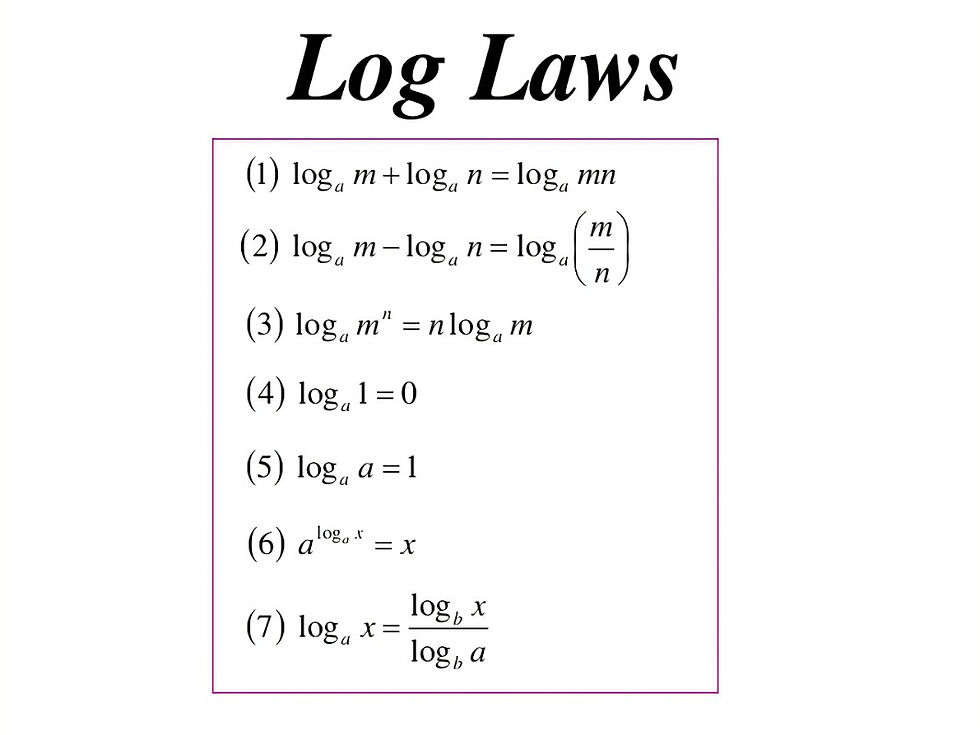Decimals
- Sean Melvein A. Vecina
- Dec 6, 2022
- 3 min read
What is a Decimal?
We get decimals when we break a whole into smaller parts. A decimal number then has two components: a whole number part and a fractional part. The decimal place value system for the whole part of a decimal number is the same as the whole number value system. However, we get the fractional part of the decimal number as we move toward the right after the decimal point. The given image shows the decimal place value chart:
Note that as we go from left to right in the decimal place value system, each values is 110 times smaller than the value to its left.
The first place after the decimal point is called the “tenths”, which represents a place value of 110 of the whole or one-tenth of the whole. In decimal form, this fraction is written as “0.1”.
Such fractions whose denominator is 10 or a positive power of 10 is called a decimal fraction.
The second place is called the “hundredths”, which represents a place value of 1100 of the whole or one-hundredth of the whole. In numerical form, this decimal fraction is written as “0.01”.
And the third place is called the “thousandths”, which represents a place value of 11000 of the whole or one-thousandth of the whole. In numerical form, this decimal fraction is written as “0.001”.
Here’s an example of a decimal number 17.48, in which 17 is the whole number, while 48 is the decimal part.
How to Read a Decimal
An informal way to read a decimal is by reading the whole part of the decimal number as you would read any whole number and then reading the decimal dot as “point” and then reading each digit of the rational part individually.
For example, the number 17.48 would be read as “Seventeen point four eight”.
However, a more formal way to read decimals is to read the whole part as a whole number, then the decimal dot as “and” and then reading the fractional part altogether but using the place value of the last digit with it.
For example, take a look at the given number
25.678
Here, the whole part is 25 and the place value of the last digit, 8, is thousandths. So we will read this number as “Twenty-five and six hundred seventy-eight thousandths”.
Types of Decimals
Based on the number of digits after the decimal point, the decimal numbers can be divided into two categories:
Like decimals: Two decimal numbers are said to be “like” decimals if they have the same number of digits after the decimal point. For example, 6.34 and 2.67 both have two digits after the decimal point so they are Like decimals.
Unlike decimals: Two decimal numbers are said to be “unlike” decimals if they have different number of digits after the decimal point. For example, 5.3 and 6.873 both have different number of digits after the decimal point so they are unlike decimals.
Solved Examples
Example 1: In which place does the underlined digit lie in 56.782? Solution:
The underlined digit is in the third place after the decimal point. The first place after the decimal point is tenths, the second place is hundredths and the third place is called thousandths. Hence, the undersigned digit is in the thousandths place.
Example 2: What is the place value of the underlined digit in 45.82?
Solution:
The underlined digit, 8, is in the tenths place. Hence, its place value is 0.8.
Example 3: Give an example of like decimals.
Solution:
Two decimal numbers are said to be like decimals if they have the same number of digits after the decimal point. Example: 5.99 and 3.65






Comments